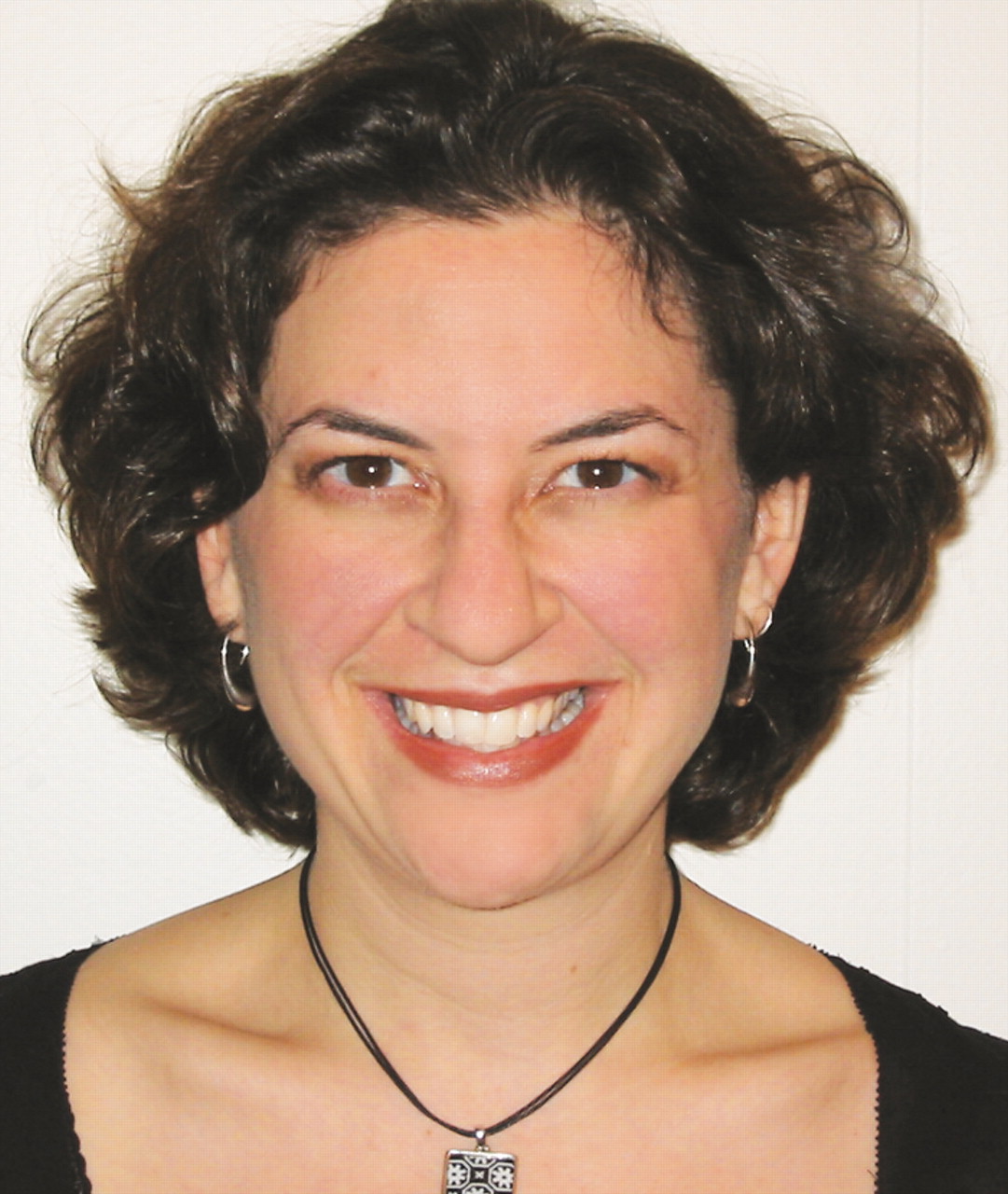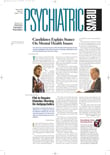“Gee, this has never happened before.” My boss’s words hung in the air as the lights flickered and went out on August 14. We were in the middle of a chaotic shift change in the Comprehensive Psychiatric Emergency Program (CPEP) at Bellevue Hospital in New York City and had no way of knowing that millions of Americans had been thrust into a similar blackness due to a major power blackout spanning much of the East Coast and Midwest.
I had finished my residency this June, and that overnight shift was my seventh as the CPEP attending psychiatrist. The 15 clinicians and trainees who were crowded into our doctors’ station froze in the darkness. Half the lights came back up as the generator kicked in. Word quickly spread about the extent of the blackout.
“This can’t be an accident.” I spoke without meaning to, and heads whipped around. “OK, you’re in charge,” I reminded myself. “Be the grownup. Keep it cool.”
The ER complex went on disaster alert. We were told to move patients out of the CPEP, either by discharging them or admitting them to inpatient psychiatry. The laboratories were not functioning in the outage. We’d have to do old-fashioned medical clearances based on histories and physicals.
Around 10:30 p.m., the lights began to flicker again, and then we were plunged into darkness. This time, the lights did not come back up: our backup generator had failed. I could hear the voices of the staff begin to rise anxiously. “OK, everybody!,” I shouted. “Nobody panic. We’re all right.”
Now what? I’d been through four years of medical school, four years of residency, and a full six weeks (!) of attending life, but nowhere could I recall being trained in what to do when you find yourself in charge of one of the busiest and most acute psychiatric emergency rooms in the world during a complete power failure.
“Be the grownup,” said the voice in my head again. “Think safety. Are the patients safe?”
“We need staff with the patients,” I said out loud. “Let’s get flashlights and visualize all the patients.”
Staff were already in motion, locating patients and shifting them into one area where we could easily communicate with everyone.
Eventually half the crew either fell asleep or were lying calmly on gurneys. The group was unfazed by the darkness and seemed to need little reassurance. Nonetheless, I was nervous. We had some acutely psychotic patients in our care. What if someone became agitated? How would we coordinate restraints in the dark?
One man approached me. “Is it time for my pill yet? I’m not feeling well.”
His hands were tremulous. He was in alcohol withdrawal and due for his medication.
“No Librium, doc,” the nurse in charge informed me. “We can’t get into the Omnicell.”
I realized with a groan that all our oral medications were dispensed from an electronic cart. Without power, they were inaccessible. We went to the medication refrigerator for IM Ativan, only to find that the controlled-substance lock was inexplicably jammed. We were a psychiatric ER without benzodiazepines! Fortunately, the medical ER was operating under full generator power and provided us with several vials of Ativan. Withdrawal crisis averted. We ran the CPEP on flashlight power for about 90 minutes. Having to forage for benzos was our only major misadventure.
The quiet, dim atmosphere served us well. There was minimal stimulation for the patients, who mostly slept. For once, we had virtually nothing to do. Around midnight, the generator kicked back in. We went back to work.
As I watched our staff work together throughout the night, my sense of admiration grew. During a tense, terribly uncertain situation, the team remained calm.
Each of us found ourselves doing things well outside our job description. The good humor and creativity were contagious. Everyone seemed to delight in coming up with new ways to solve the problems we faced. No one became upset or complained, even as the nurses’ double shifts rolled into triples.
I stepped out the back door around 3 a.m. in hopes of taking in some fresh air and gazed around. The normally creepy, rundown alley was transformed. The nondescript highrise across the highway was almost cathedral-like, bathed from inside with the shimmering glow of candles. I looked up and saw what I never thought I’d witness—hundreds of stars blinking over Manhattan.
The blackout had deprived us of many necessities but brought some magic with it. I returned to the same spot a few hours later and watched the sun blaze into view over the East River.
At last, light in New York City. ▪

